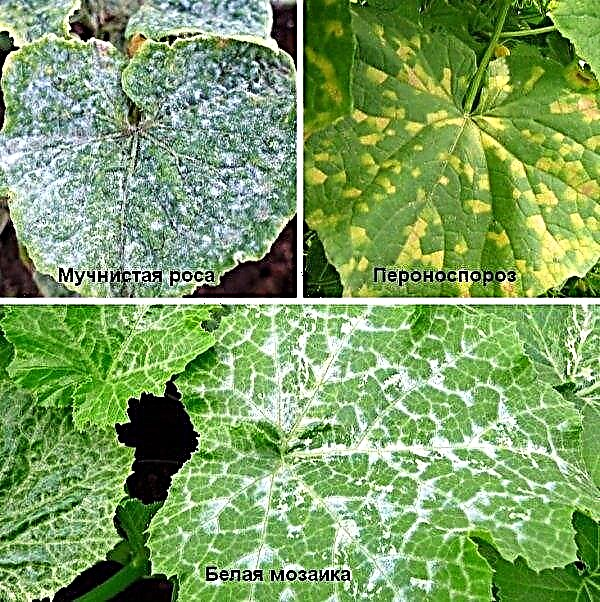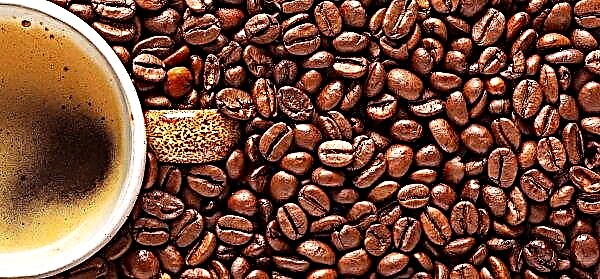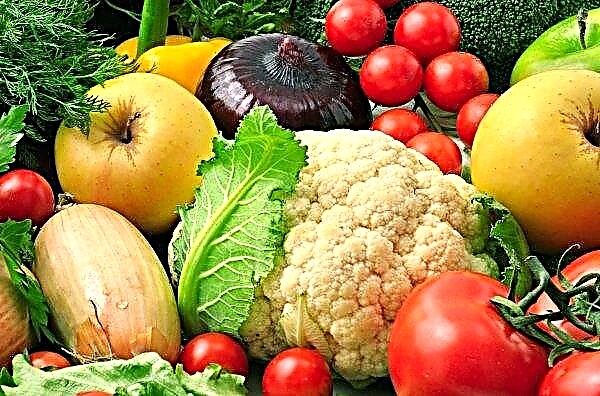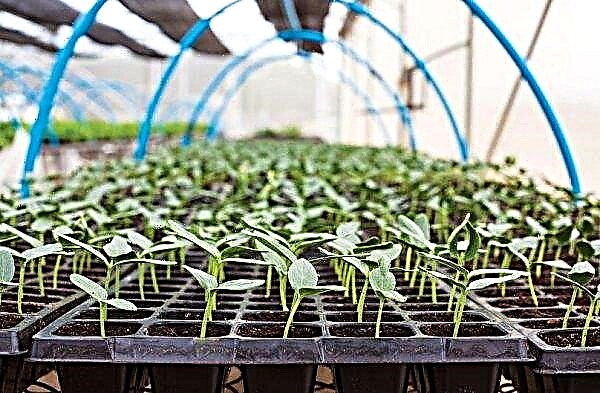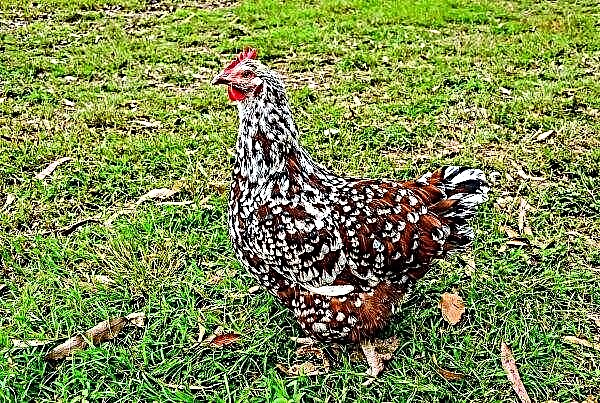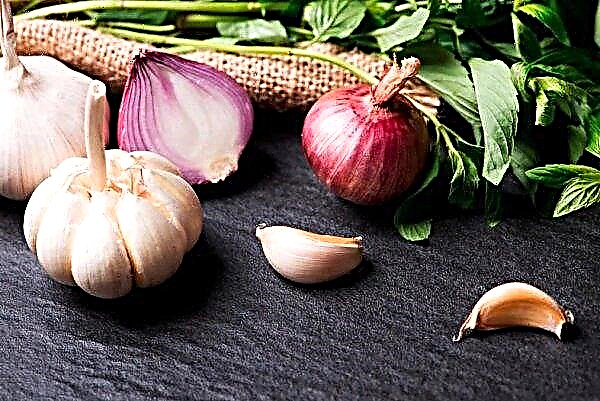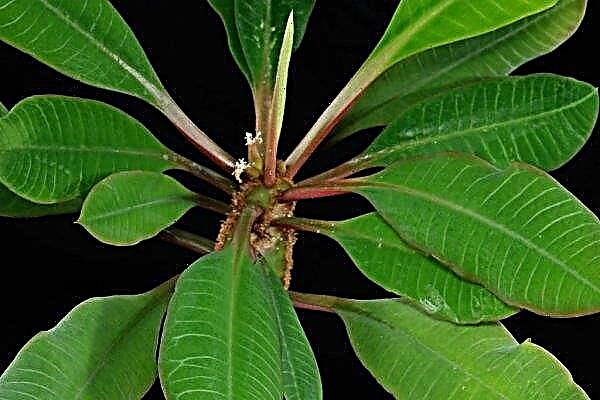Liver fungus (or mother tongue) is a red mushroom that grows on oaks and chestnuts. In form, it resembles a language. It smells of meat when frying. But, despite the lack of beauty, he has a certain nutritional value. In the article you will find information about what it looks like, where it grows and how to cook this mushroom.
Biological description
Botanists called it Fistulina Hepatica - “hepatics”, which means “liver-like”. By description, it looks like a piece of red meat clinging to a stump or tree. The soft flesh with veins when pressed gives off blood-like juice. Hepatic mushroom is weakly parasitic on the wood of oaks and other hardwoods. When developing, the fruiting body damages the tree, and when it falls, the hollow remains at the attachment point. It grows alone or in small groups at the base of trees, as well as on stumps. It occurs in summer and autumn.
The mushroom can be identified by the following signs:
- hat - 7–20 cm across, depth 7–14 cm. The shape is irregular, often semicircular, fan-shaped or reed, with a lobed and wavy edge. After rain, its surface may be sticky, especially if it is a young mushroom. The color of the hat is liver-red, reddish-orange or brownish-red;
- leg - absent or in its infancy and lateral position. Painted in the same way as the hat;
- pore surface - has a shade of white to pale pink. The hue becomes yellowish and eventually reddish brown with age. The tubes are clearly separated. Their length is up to 1.5 cm;
- flesh - whitish, with reddish stripes, thick, soft, watery;
- smell and taste - the smell is neutral. The taste is sour;
- disputes - the size of 3-4 × 2-3 microns. The form is widely almond-shaped. The surface is smooth, yellowish.
Video: Mushroom liverwort
Other names
The fungus has a lot of synonymous names. In English-language literature, chestnut and oak tongues, mushroom steaks, and bull tongues are found.And this is simply explained: a bright appearance causes a lot of associations, which are fixed in popular names:
- oxen tongue;
- liver fungus;
- mother tongue.
 The mature liver fungus deeply stains the fingers red, so when collecting it, work with gloves.
The mature liver fungus deeply stains the fingers red, so when collecting it, work with gloves.
The nutritional value
The nutritional value of Fistulina Hepatica lies in the large selection of vitamins and minerals that make up its composition. But the exact values depend on the terrain in which it grows and with what trace elements the soil is saturated.
In any case, it remains a biologically active product that has the ability to inhibit (stop) the growth of tumor cells. Due to the combination of high antitumor activity and a set of natural compounds, it is a promising antitumor agent that deserves further laboratory study.

Distribution and collection time
The liverwort is usually harvested in mid-summer. But it can also be grown at home, so Fistulina Hepatica can grow on farms at other times of the year. Oak logs and a nutritious substrate are used for cultivation.
Did you know? No one knows how many species of fungi actually exist in nature. Today there are more than 10,000 described species, but all mycologists agree that in the natural environment there are those that are not described so far, and there are much more.
Beneficial features
The mushroom contains a large number of trace elements, such as potassium and phosphorus. It is an excellent source of B vitamins, vitamin D and a number of antioxidants. The latter reduce the risk of certain types of cancer and inflammatory processes. It has a lot of beta-glucans - substances that lower cholesterol. The dry weight of the mushroom contains about 30% protein, and this is much more than in a steak.
Moreover, this is a product in which there is the most complete set of protein compounds - essential amino acids. And that makes him a source of superproteins. It also contains soluble and insoluble fiber. They improve bowel health and help lower cholesterol.
Hepatic mushroom is absolutely safe. Its pulp was considered an alternative to meat food, as it looked like a liver. The liverwort has many useful properties. The rich taste with notes of green tomatoes and good weight make it an ideal product for cooking vegetarian dishes. He is interesting to gourmets. They can cook it in many ways: pickle, fry, cook, all the while in search of a new and unusual culinary experience.Important! Cow tongue is best collected at a young age. It will be softer and more pliable in cooking.

Mushrooms are a great way to increase the amount of organic and wholesome food in your diet. Hepatic mushroom is often eaten raw due to the sour taste of a sorrel. It is an excellent ingredient for summer mushroom salads. But you can also make risotto, pies, soups from it or just fry them for toasts with a little garlic. The liver can be used in any form.
- Therapeutic properties:
- The fungus is one of the few whose antioxidant properties are proven.
- The Italian scientist Coletto also proved that Fistulina Hepatica has a very strong antibacterial effect against various pathogenic bacteria, such as Escherichia coli, Staphylococcus aureus, Bacillus subtilis, Klebsiella pneumoniae.
Video: Description of the liverwort ordinary
Contraindications
Hepatic mushroom has no contraindications and can be consumed by both adults and children. As for young women during breastfeeding or pregnancy, there is not enough reliable information on the safety of eating mushrooms in general. Therefore, if you have not used one or the other of them before, then it is better to refrain, at least until the baby is six months old. At this point, his stomach will be more comfortable with innovations in his mother’s diet.
Mushrooms are excellent sources of protein, fiber, B vitamins (especially niacin), vitamin C, calcium, minerals, and selenium. They also contain antioxidants and many other beneficial substances. Collect them starting in the second half of summer, cook, eat fried or raw and strengthen your body thanks to their nutritional and medicinal properties.

